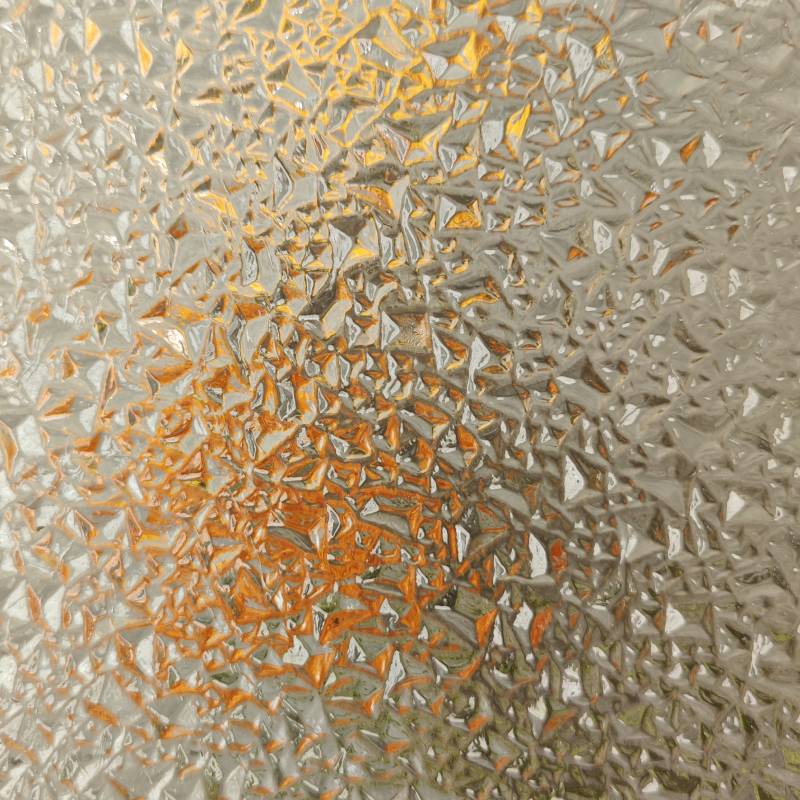

The Advantage of Green Low-E Glass in Modern Architecture
In the realm of modern architecture and building design, the integration of sustainable materials has become increasingly crucial. One such innovation is green low-emissivity (Low-E) glass, which offers a myriad of benefits for energy efficiency, comfort, and environmental sustainability.
The Advantage of Green Low-E Glass in Modern Architecture
One of the key advantages of using green low-E glass is its contribution to environmental sustainability. By reducing the energy consumed for heating and cooling, buildings equipped with this type of glass can significantly decrease their carbon footprint. The ability to harness natural daylight while limiting harmful UV rays aligns with eco-friendly design principles. This not only helps in preserving the lifespan of furnishings and interior finishes but also creates healthier indoor environments for occupants.

Another important aspect of green low-E glass is its versatility in design. It can be utilized in various applications, from residential windows to commercial facades, without compromising aesthetic appeal. The transparent nature of the glass allows for expansive views and ample natural light, fostering a connection between indoor spaces and the surrounding environment. Moreover, its ability to reflect heat can be integrated into diverse architectural styles, making it a fitting choice for modern and traditional designs alike.
In addition to its functional benefits, green low-E glass provides an opportunity for buildings to achieve greater sustainability certifications, such as LEED (Leadership in Energy and Environmental Design). By opting for this type of glass, architects and builders can showcase their commitment to environmentally responsible practices, which can enhance the overall marketability of properties.
As the demand for energy-efficient solutions continues to rise, the role of green low-E glass in architectural design will only increase. Not only does it offer practical benefits in terms of energy conservation and comfort, but it also aligns with a broader vision of sustainable living. Embracing green low-E glass in building projects symbolizes a commitment to a greener future, making it an essential component of contemporary architecture.
In conclusion, green low-E glass stands out as a revolutionary material that balances functionality, aesthetics, and environmental responsibility, shaping the future of building design in meaningful ways.